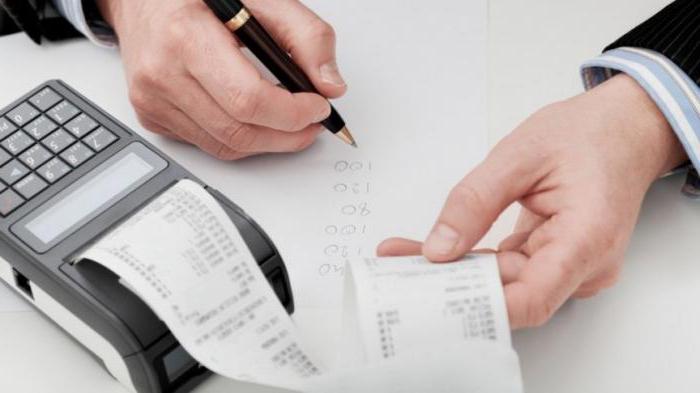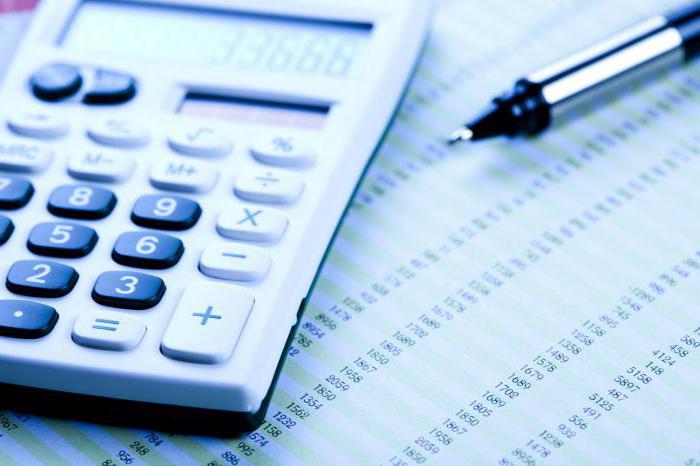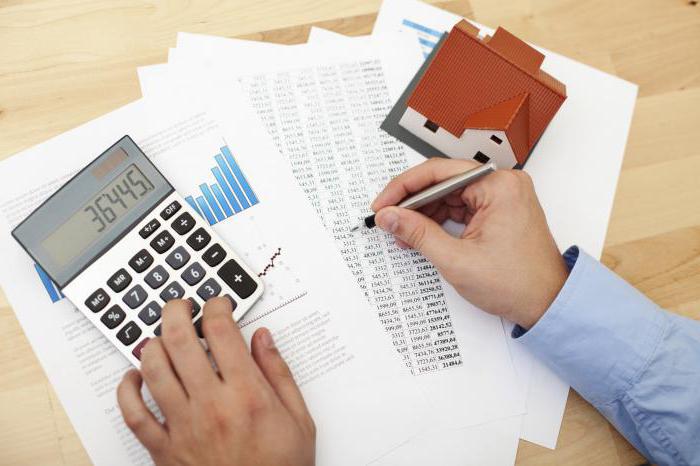Cost elements - these are similar in composition to the costs of production and sale of products. Grouping is necessary to combine the uniform costs that arise at each stage of the manufacture and sale of goods. Types of costs are grouped by their economic elements and cost items. In the article, we consider their composition and characteristics.
Costs and Costs
Differentiation of costs included in the cost of production is of great importance in a market economy. The issue of cost involvement in the pricing of a certain type of product is decided based on the following criteria:
- direct connection with the production process;
- arise due to payment of labor, natural, material resources used in the manufacture of products;
- involved in rationalization activities;
- associated with improved working conditions and environmental protection.

There are many other “other” costs that can be included in the cost. The main criterion is the nature of their occurrence. They affect the price of a product only if it is directly related to its release.
Cost structure
What factors affect the cost? Indeed, even identical enterprises sometimes have different levels of costs for the production of the same products. The main role is played by the technical equipment of the industrial facility. The level of expenses on wages and material values depends on it.
Another component of the cost structure is the specialization of the production process and its mass character. For example, small-scale production of products leads to higher labor costs than mass production. The level of prices for materials and raw materials, fuels and lubricants and energy has an equally significant impact on costs, as well as the remoteness of the enterprise from suppliers.

It is the grouping of costs by individual elements that allows you to highlight the cost structure of a particular company. Depending on its indicators, capital-intensive, material-intensive, energy-intensive and labor-intensive industries are distinguished. Of course, such a gradation is relative, but it still has its own significance in the economic analysis of the enterprise.
Cost classification by item
Accounting considers cost components for each type of product separately. Economic analysis looks at the big picture. Elements of costs for him are homogeneous groups of expenses that are formed in general by the enterprise, regardless of the extent to which they relate to a particular product. Data on each of them allows management to understand which cost item takes the most money from the organization and most significantly affects the cost. There will be no clear distinctions between, for example, the wages of an employee of the main workshop and auxiliary. From the point of view of the economy, in the aggregate they constitute one of the elements of costs.

Grouping of costs by elements is used in any organization, regardless of the type of activity and their legal structure. The purpose of such a gradation is to combine together the composition of the costs that will form the cost. Observing the sign of homogeneity, the costs are divided into the following elements:
- material (excluding returnable waste);
- wage;
- social payments;
- depreciation of fixed assets and intangible assets;
- other costs.
Thus, there are five homogeneous cost groups that participate in the formation of the cost of any product at each enterprise.
The composition of material costs
Products are made from material assets, which after the production process are transformed into finished products. The costs associated with the acquisition of raw materials for the creation of goods, the first and intuitively correct item of costs that affect the cost. What is included here? Cost Elements for material resources sum of the cost:
- raw materials;
- semi-finished products;
- components;
- works and services of a production nature;
- natural resources and environmental emissions;
- packaging and containers (minus the price of its possible sale);
- necessary inventory and non-depreciable property.

Material costs are included in the cost using their assessment in one of the possible ways (FIFO, LIFO, weighted average or accounting, taking into account deviations from the actual cost of the price).
Salary
Convert material values into objects of labor is possible only with the participation of man, that is, a production worker. Even automated machines require surveillance and control. But labor must be paid. This results in the formation of the largest item of expenditures - wages, on which many enterprises try to save. The elements of production costs for the most part consist precisely of labor costs.

This includes the amounts:
- accrued on the basis of official salaries, tariff rates and piecework rates;
- production line personnel bonuses;
- compensation payments.
However, not all funds transferred to employees are included in the cost of production. Cost elements exclude the amount of premiums paid from earmarked funding, material assistance and additional vacation pay. This does not include other payments that are not related to remuneration.
Social Security
In addition to wages, workers receive social security from the employer. These are payments to state extra-budgetary funds: FSS, FFOMS and PF. The basis for the calculation is the salary of an individual employee. This is a very important part of payments, because it is it that forms the composition of state extra-budgetary funds. Evasion of such payments threatens with serious fines and problems with the law.
Depreciation deductions
The cost of the cost elements is the sum of those cost groups that are directly related to production and output. Direct participation in the manufacturing process, of course, is played by the equipment and all the property that is involved in it. From year to year it wears out, becomes morally and physically obsolete. To recoup these losses, accounting calculates depreciation - the amount of depreciation in monetary terms.

Every month its value is transferred to a specific account until the replacement cost of the property has accumulated. These are also economic elements of costs and quite significant. Their value is attributed to the cost of production. But this includes only the depreciation of the property that is involved in the production process.
Other expenses
Not all expenses can be attributed to one of these groups, but to create a separate cost element for the sake of one article is also pointless. Therefore, there is a category of other expenses, among which:
- obligatory payments to the budget and extra-budgetary funds (with the exception of the above-mentioned FSS, FFOMS, PF);
- insurance premiums;
- payment of various services, interest rates for loans;
- material incentives for rationalization ideas;
- loss from marriage;
- advertising expenses and other expenses directly related to the cost of production.

As can be seen from the list, the production of products entails many costs that must be reimbursed to the enterprise.To "recoup" production costs, and the cost is formed. This is the minimum amount of money that an organization should receive. Otherwise, the meaning of entrepreneurship is absent.
Elements of cost items are grouped in the production estimate. It is used to calculate the cost of manufactured and sold goods. However, this document does not allow you to find out the unit cost of a particular type of product, but only gives an idea of the average cost per ruble of goods produced.








